The post Black and White in the Outdoors: Learning to see in Monochrome appeared first on Digital Photography School. It was authored by David Shaw.

To determine when black and white is the best option in nature photography, you need to learn to see your scene in black and white. Most beginner photographers arrive at their monochrome images by experimenting with post-processing. While this occasionally works, shooting with black and white in mind results in far better images.
In other words, you need to SEE in black and white.
Look for Contrast
Highlights
In color photography, there are almost unlimited options to juxtapose contrasting and complementary colors or to provide an attention-getting subject in a flashy tone. But in black and white, you lose the ability to use color in the traditional way and are instead left with shades of gray. Contrast, rather than color, is our compositional tool.
Most of us see the world in rich color and there is no saturation slider in our eyes or brains with which we can switch color on and off. But we can train ourselves to see contrasts.
As I’m writing this, I’m looking out my window onto the spruce trees in my front yard. The sun is shining on a layer of fresh snow which fell over the past few days. The limbs of the spruces are draped in white. Looking south, toward the low sun, I can see flashes of perfect white where the sunlight is illuminating fresh snow. Those bright highlights contrast sharply with the dark, shaded trunks and exposed branches of the trees. In fact, even in the shaded areas, the difference between the snow and the dark needles is remarkable. With little color in the scene to begin with, it doesn’t take much to “see” this scene in black and white.
Because I can “see” this scene clearly in black and white, I can recognize that images like this will translate well from color. Here, let me step outside for a few minutes and make a few photos, to show you what I mean.
(A few minutes later…)
I’m back. I’ve pulled a few images and did a quick black and white conversion in Lightroom. Here are a couple of shots; first color, and then black and white.




This is a straightforward example. As most people can see, lacking many colors, the snowy trees were a likely subject for black and white. However, the next step is harder.
Color Contrast
I had another black and white shooting session a few months back when “seeing” in black and white was much more difficult.
Each fall, I make a pilgrimage from my home in Alaska’s interior to the Kenai Peninsula. This year, I spent a day exploring the forest and mountains of Kachemak Bay State Wilderness Park, across the bay from the town of Homer. I hiked for several miles through the wet forest making images of the rising autumn colors, and the fog-draped mountains. It was a sea of greens and yellows, red highlights, grays, and browns. Some images were perfect for color, others not so much. Telling the difference in the field was a game I played as I walked.

Some black and white images were clear in the gloomy forest. The dull yellow, jagged leaves of Devil’s Club against the muted greens and browns of the forest floor were an obvious contrast that I knew would translate well into black and white.
Others, like the pale green of fern fronds, were less contrasty in the field, and yet translated beautifully into shades of gray.

These ferns were dying back at the end of the season and were largely a dull brown. Kind of ugly really. However, the color doesn’t matter in black and white, and the contrast between the pale brown fronds, and the deeply shaded background worked.

This patch of ferns was pale green and popped against the darker green background. This is my favorite image of the series. It was a shot that took me a moment to “see” in black and white.
Another shot of an autumn stalk of bright red fireweed, I thought would look good in black and white when I first made the image, but upon examination of the back of my camera in the field. There was actually little contrast in brightness between the greens and red. That image didn’t work quite as well.


Lighting Contrast
Later that same afternoon, bright sunlight started to filter through increasingly thin clouds. It wasn’t yet hard light, but it was bright enough to be directional. The sun came through the forest canopy in patches, illuminating and shading different areas.
And this brought about a third option for black and white: lighting contrast. In the differing light, even similar colors will contrast in black and white.

Beyond Details
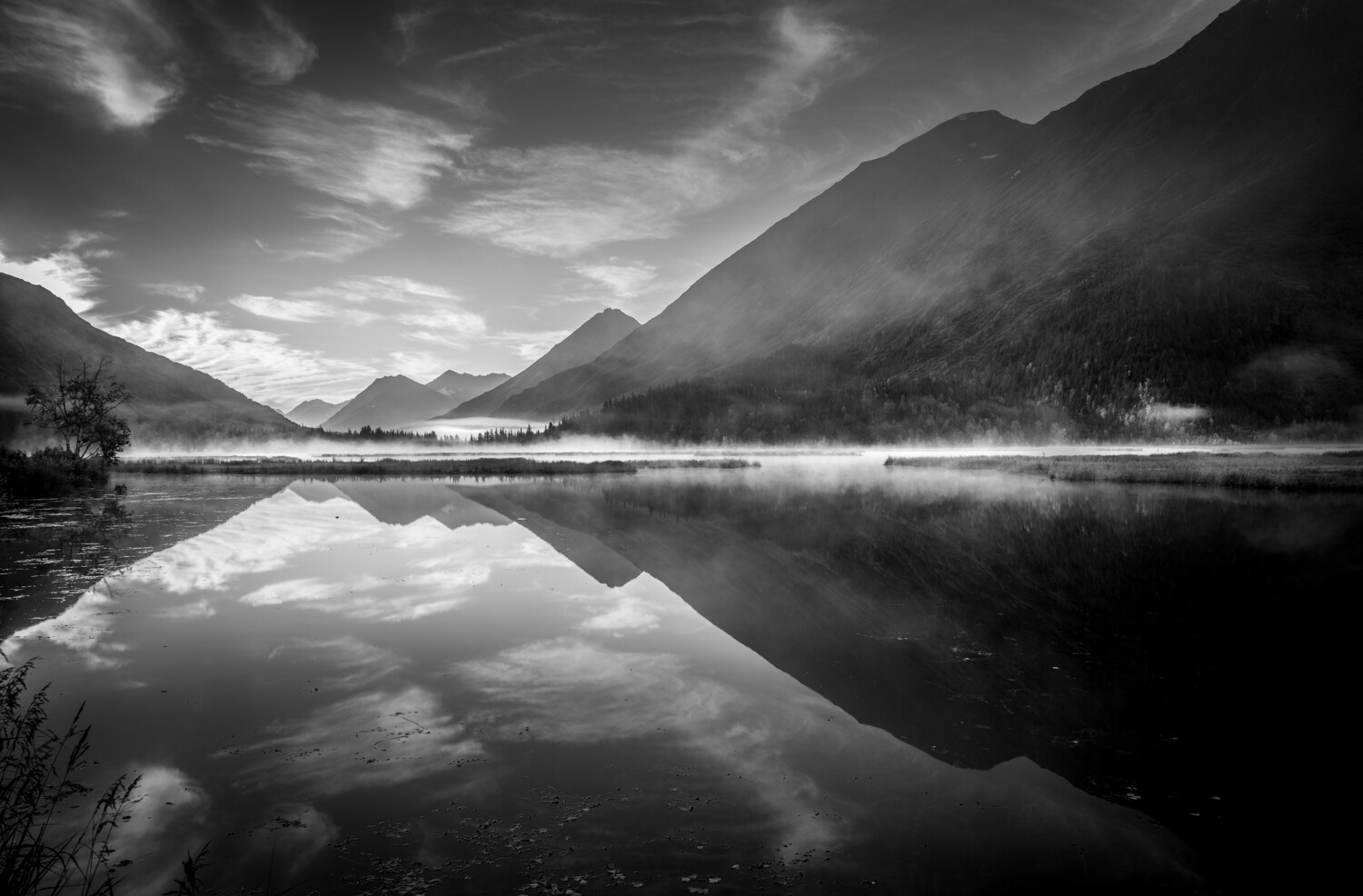
Seeing a large scene in black and white is the next step. I was photographing by a lake this fall. It was early in the day, the sun not yet far above the horizon, but any lingering sunrise color had faded. Most of the lake, some rising fog, and the surrounding mountains were in shadow. Aside from the sky, there wasn’t a lot of contrast. I was about to pack it in for the morning when the sun got high enough to illuminate a patch of fog, which flashed white in this scene of muted blues. Not much for color, I thought, but in black and white? That, I realized, would work.

Terrible Light
At times, when photographing in harsh light, black and white can also salvage an otherwise impossible situation. A number of years ago, I was shooting in the altiplano of Bolivia. I arrived at mid-day at the spectacular and weird Laguna Colorado. It was savagely bright; cloudless skies, high elevation, middle of the day, and within a few degrees of the equator. Lighting conditions couldn’t have been worse.
While the landscape was uniformly drenched in harsh, ugly light, there was contrast in the colors of the desert. A polarizer darkened the sky and removed the worst of the glare. The resulting black and white conversion, was if not perfect, at least the best of a very bad situation.


Frequently traveling photographers find themselves in beautiful locations at bad times, and we don’t always have the freedom to return when the light is better. In such situations, consider black and white. It’s not a cure-all, by any means, but nasty light will often translate better into monochrome than full color.
The situation I described above was not unique on my trip through Bolivia. The sweet light of morning and evening lasted only minutes in the high desert, quickly replaced by glaring light. And yet contrasts in the landscape salvaged many a scene for me.

Conclusion
If you can recognize a black and white subject in the field, it will open up your eyes to new compositions you may have previously ignored. Black and white photography is not simply the removal of color, it is a way of seeing.
When next you venture outdoors with your camera, look at the way colors and even shades contrast with one another. Look for lighting conditions that cause contrast to appear and embrace those situations in the form of black and white photography. Even on those days with rotten, bright light, consider how removing those washed out colors might help your final image, sometimes black and white can salvage an otherwise desperate moment.
Give it a try and then share your results in the comments below.
The post Black and White in the Outdoors: Learning to see in Monochrome appeared first on Digital Photography School. It was authored by David Shaw.
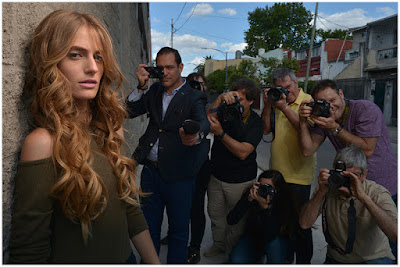










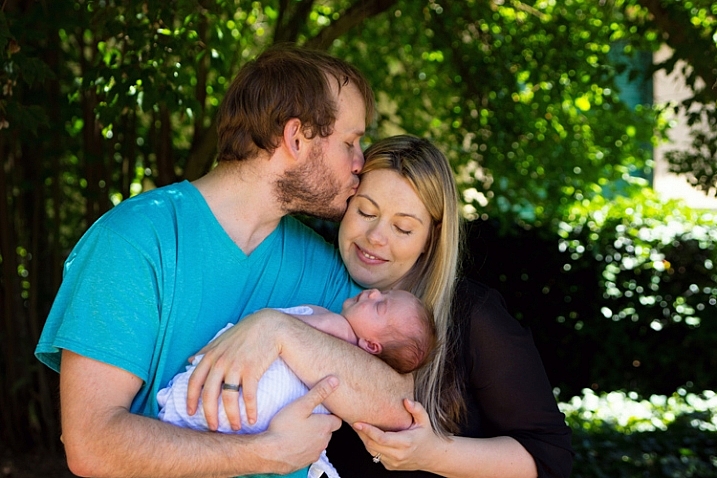
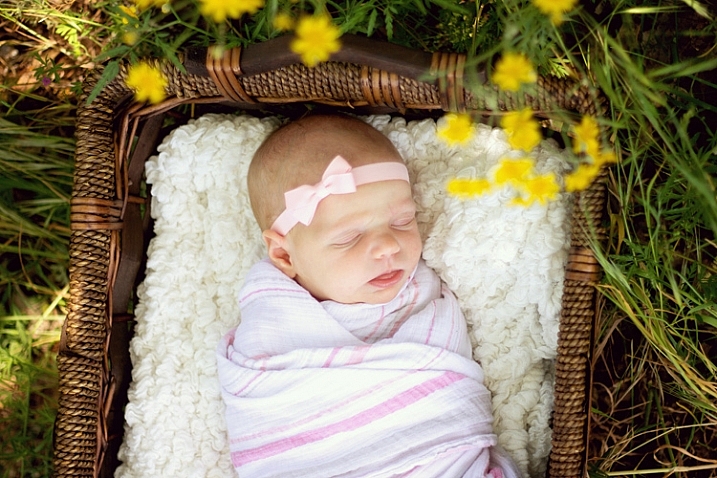

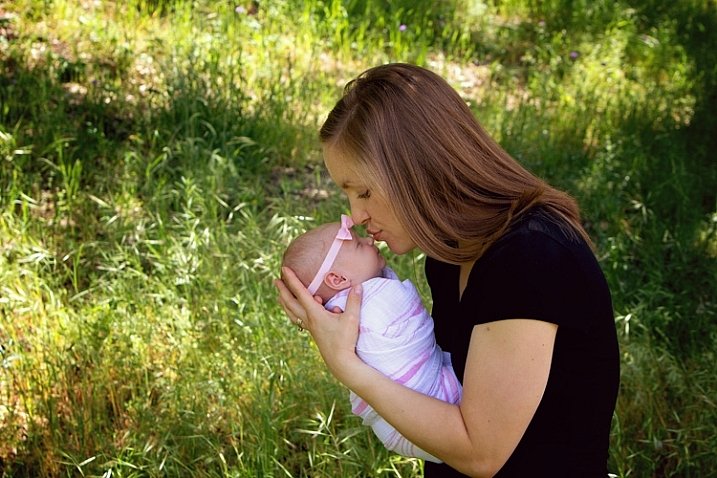
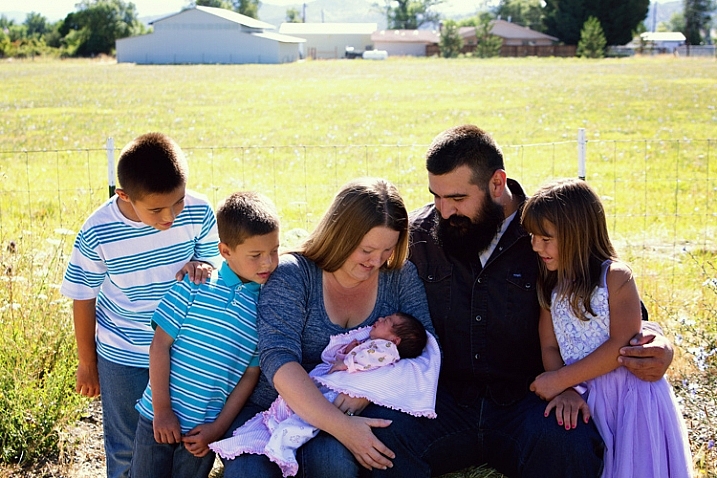
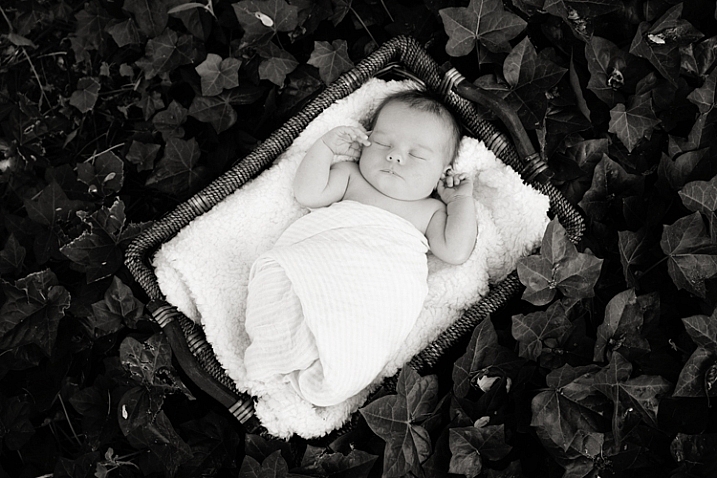
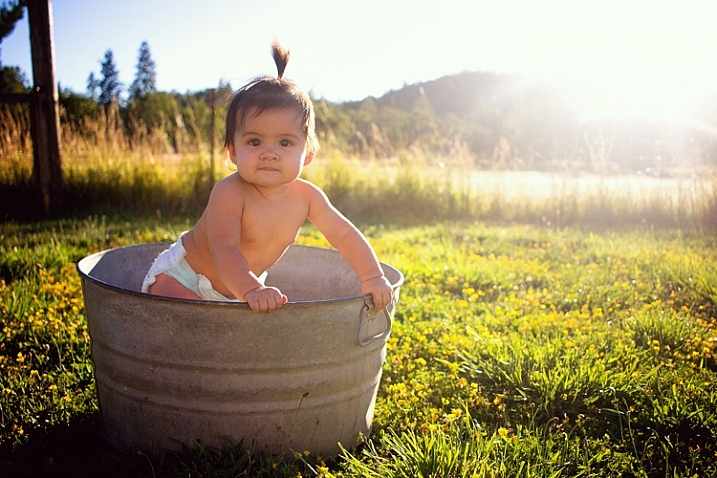
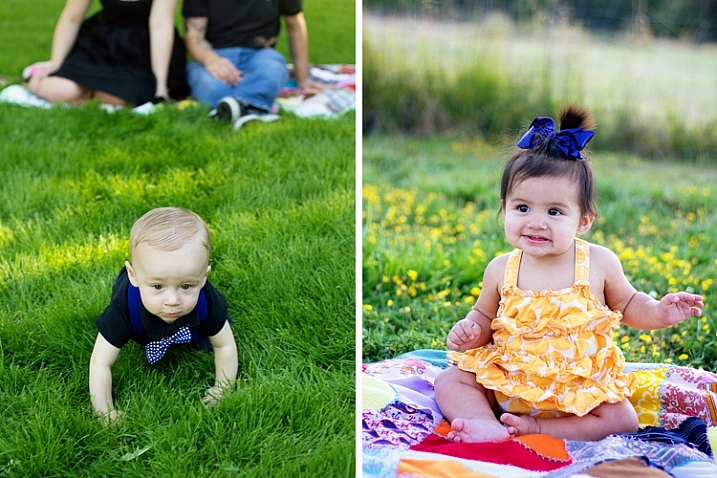
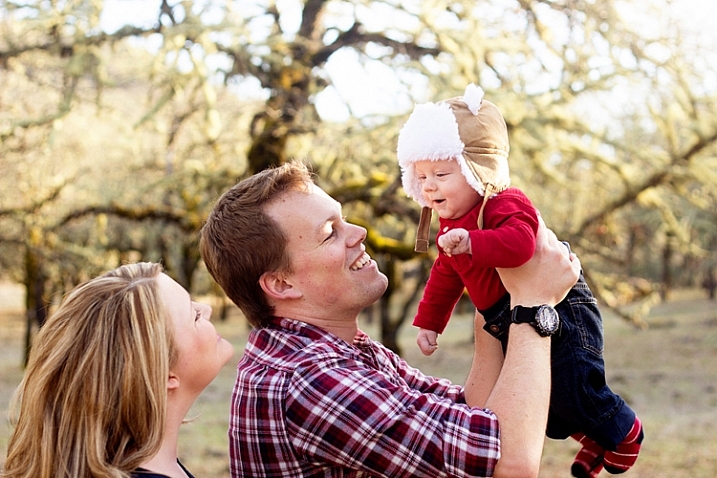
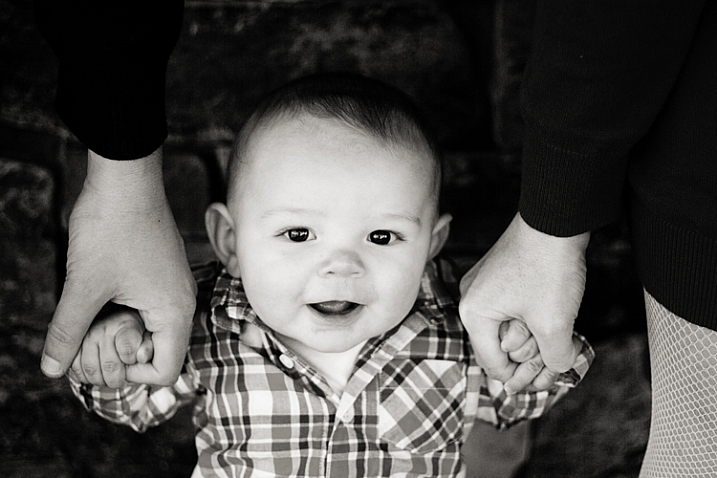



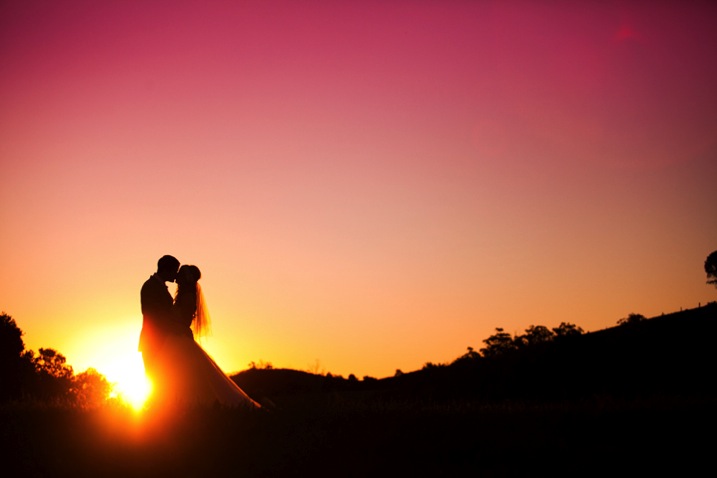


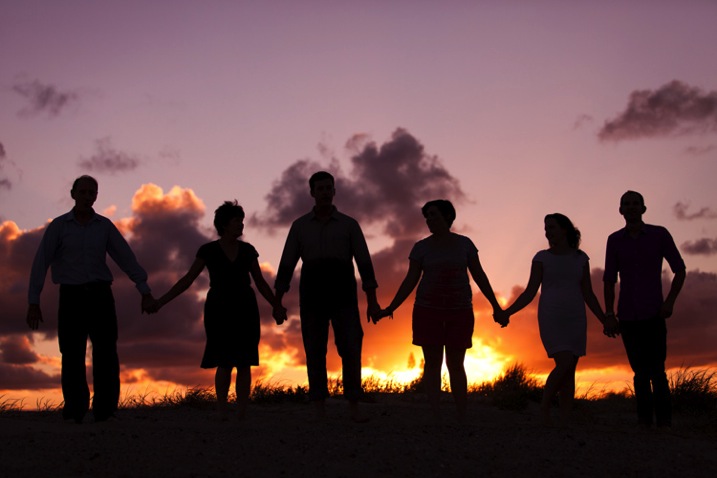






You must be logged in to post a comment.